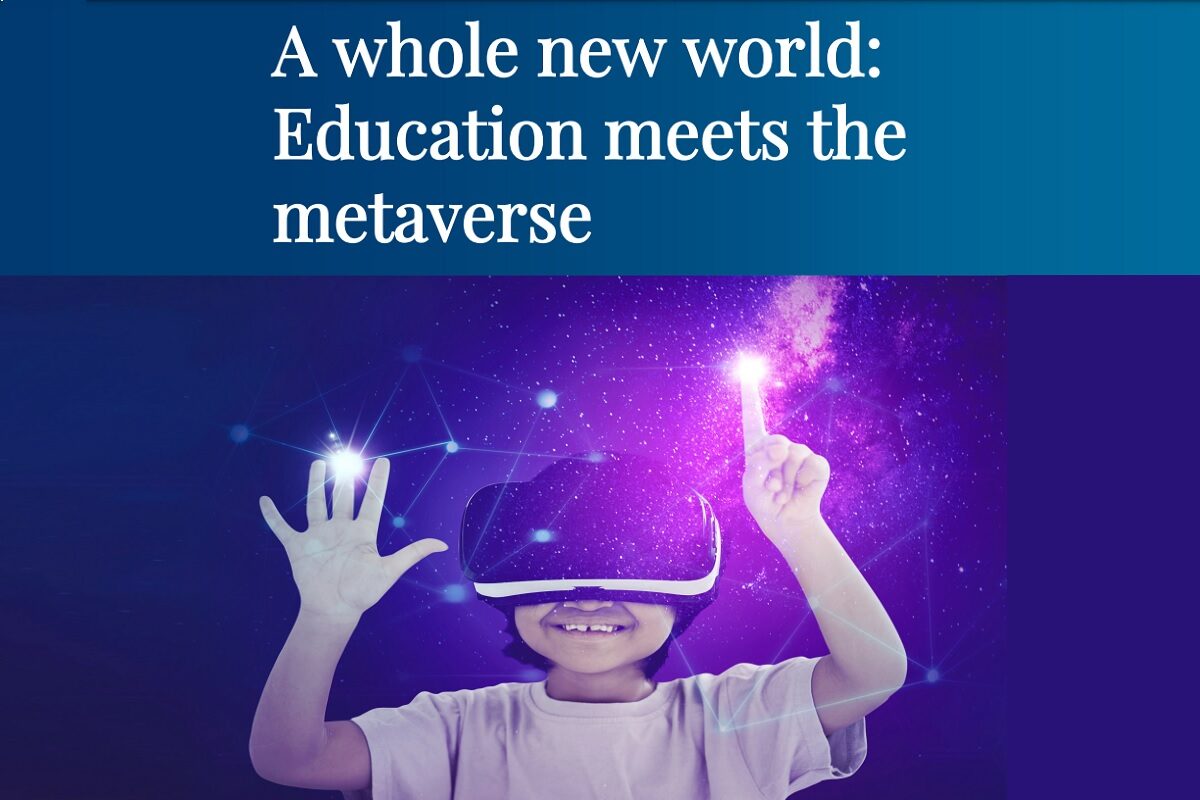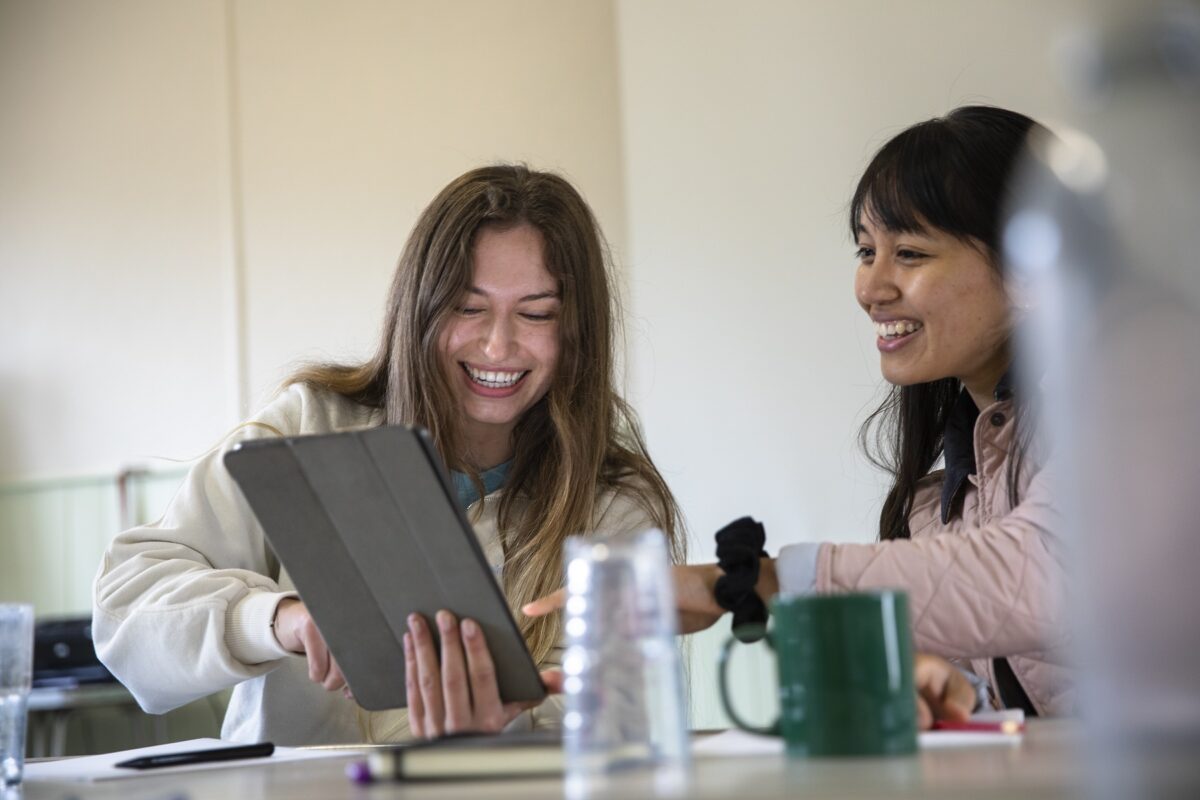A whole new world: Education meets the Metaverse

The metaverse is upon us. Soon it will be as omnipresent as TikTok, Instagram, and Facebook (now Meta), say Kathy Hirsh-Pasek, Jennifer M. Zosh, Helen Shwe Hadani, Roberta Michnick Golinkoff, Kevin Clark, Chip Donohue, and Ellen Wartella.
In their latest policy brief, “A whole new world: Education meets the Metaverse“, they offer a path for bringing best educational practices into the metaverse:
They suggest a series of well-worn principles derived from the science of how and what children learn to guide the design of new educational technology. They also suggest ways in which design in this new space can go astray.
In the end, they challenge those creating educational products for the metaverse to partner with educators and scientists to ensure that children experience real human social interaction as they navigate virtual spaces, children’s agency is supported as they explore these spaces, and there is a real eye to diversity in the representation and access to what is created.
As technology advances to bring us new immersive and imaginary worlds, how we educate children and prepare teachers must also advance to meet these new opportunities.
When education lags the digital leaps, the technology rather than educators defines what counts as educational opportunity.
This is largely what happened with the introduction of “educational” apps designed to be used on smartphones and tablets meant for adults.
Today, as the metaverse infrastructure is still under construction, researchers, educators, policymakers, and digital designers have a chance to lead the way rather than get caught in the undertow.
To leverage the potential of the metaverse as a 3D, global, interconnected, immersive, and real-time online space, we need new ways to connect the physical world with augmented and virtual reality (VR) experiences.
Using the science of learning to define the potential impact of current and future educational apps
April 20, 2015: Children are in the midst of a vast, unplanned experiment, surrounded by digital technologies that were not available but 5 years ago. At the apex of this boom is the introduction of applications (“apps”) for tablets and smartphones.
However, there is simply not the time, money, or resources available to evaluate each app as it enters the market. Thus, “educational” apps — the number of which, as of January 2015, stood at 80,000 in Apple’s App Store (Apple, 2015) — are largely unregulated and untested.
In “Putting Education in “Educational” Apps: Lessons From the Science of Learning” the authors offer a way to define the potential educational impact of current and future apps:
We build upon decades of work on the Science of Learning, which has examined how children learn best.
From this work, we abstract a set of principles for two ultimate goals:
- First, we aim to guide researchers, educators, and designers in evidence-based app development. S
- Second, by creating an evidence-based guide, we hope to set a new standard for evaluating and selecting the most effective existing children’s apps.
Apps are considered educational when they are designed, within the context of a supported learning goal, to promote the four “pillars” of learning:
- active,
- engaged,
- meaningful, and
- socially interactive
In short, this paper will show how the design and use of educational apps aligns with known processes of children’s learning and development and offer a framework that can be used by parents and designers alike.











Responses